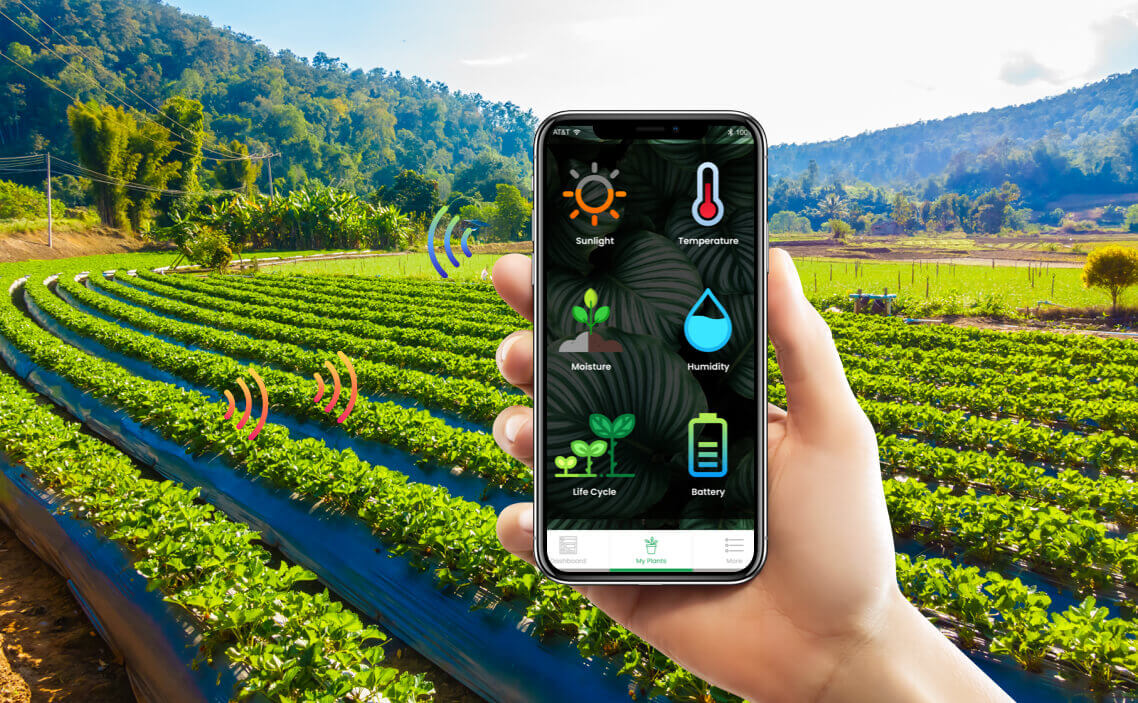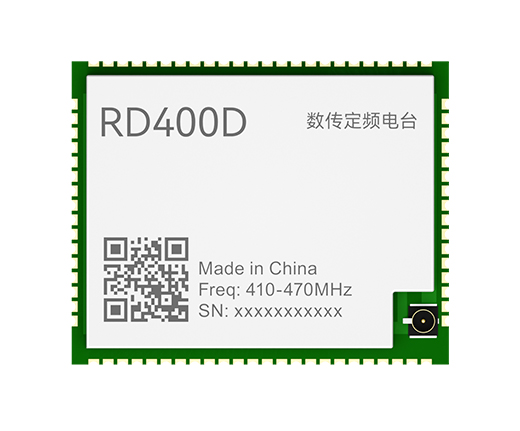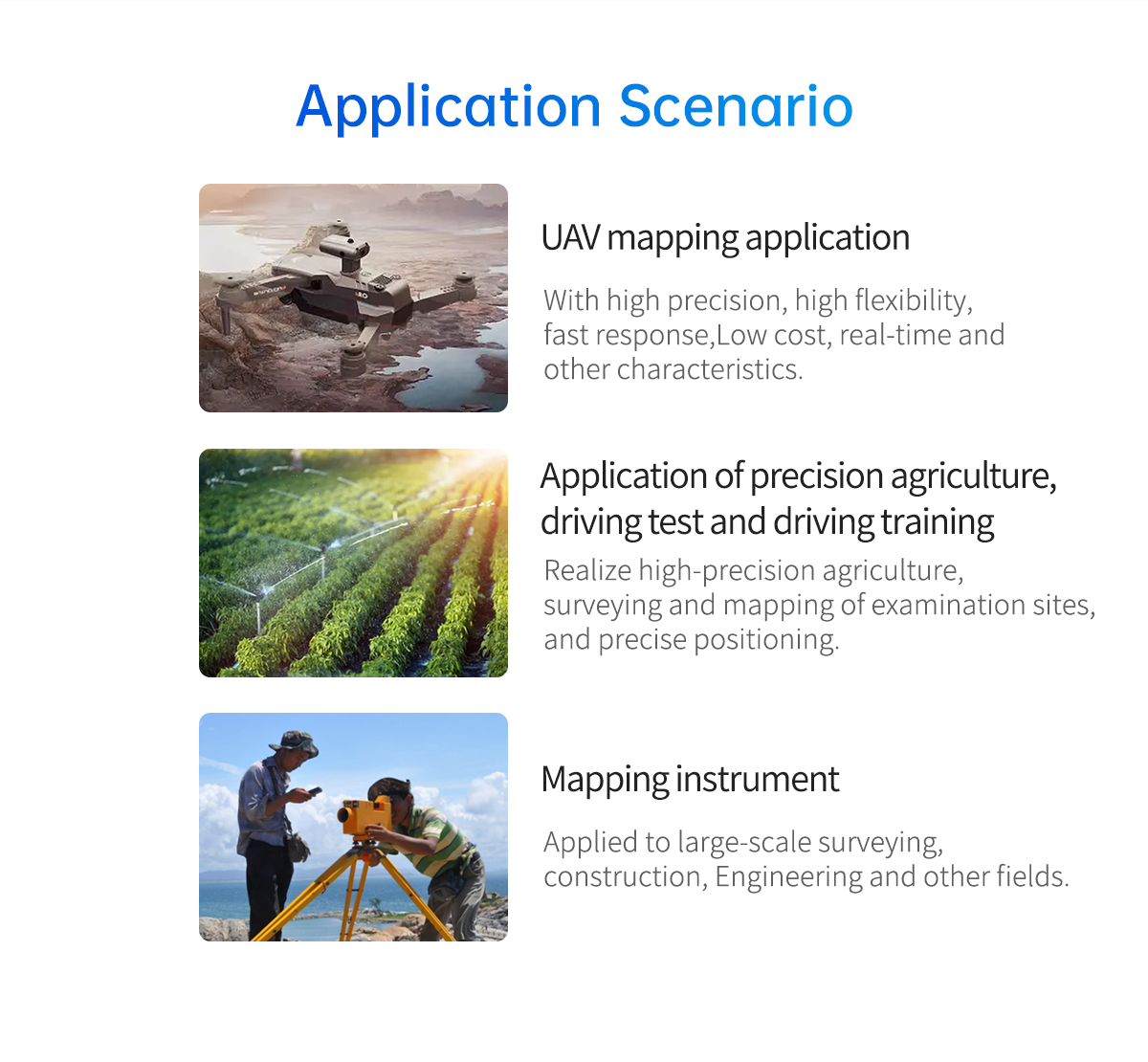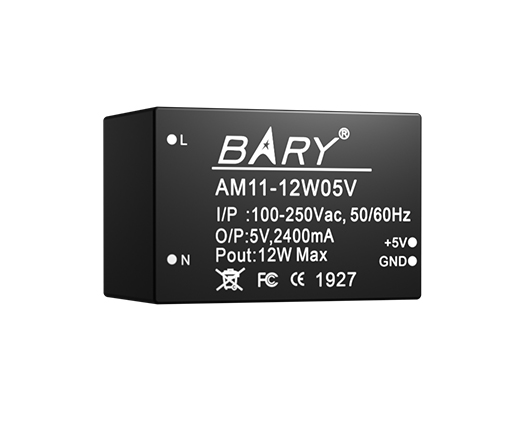

Agriculture has always been the backbone of human society, but with global population growth and resource constraints, increasing crop yields and ensuring sustainability has become an urgent challenge. Fortunately, with the continuous advancement of technology, agricultural IOT technology has provided us with brand new solutions. This article explores how the Internet of Things in Agriculture can leverage technology to improve crop yields and sustainability.

1. The innovation of sensor technology
The agricultural Internet of Things uses sensor technology to achieve real-time monitoring and data collection, including data on soil, meteorology, water quality, etc. For example, soil moisture sensors can monitor the moisture content in the soil, helping farmers more accurately determine irrigation needs and avoid wasting water. Meteorological sensors provide accurate weather data that farmers can use to make informed decisions, such as selecting suitable planting times and crop varieties, and taking disaster prevention measures. Water quality sensors monitor the quality of water sources, helping to detect and respond to water pollution problems in a timely manner to ensure the healthy growth of crops.
2. Advantages of intelligent irrigation system
The agricultural Internet of Things combined with smart irrigation systems enables precise and automated irrigation management. The soil moisture data obtained by the sensor are combined with the preset irrigation targets, and the intelligent irrigation system can intelligently control the switching of irrigation equipment according to actual needs. This precise irrigation management helps avoid wasting water and root diseases caused by excessive soil moisture, improving irrigation efficiency and crop growth quality.
Recommended Products
 RD400D is a table mounted built-in fixed-frequency
transceiver-transmitter data transmission module (radio), working in the
410MHz~470MHz frequency band, focusing on surveying and mapping,
precision agriculture, drones and the Internet of Things The application
environment has the characteristics of light weight, small size, low
power consumption and superior reception performance.
RD400D is a table mounted built-in fixed-frequency
transceiver-transmitter data transmission module (radio), working in the
410MHz~470MHz frequency band, focusing on surveying and mapping,
precision agriculture, drones and the Internet of Things The application
environment has the characteristics of light weight, small size, low
power consumption and superior reception performance.
It supports a variety of power gear selection, free switching of air baud rate, rich serial port baud rate selection, and easy operation.

3. New application of precision fertilization system
Agricultural IoT can also be used in conjunction with precision fertilization systems to enable precise fertilizer application based on soil nutrients and plant needs. Through soil nutrient sensors and plant growth monitoring devices, farmers can understand the nutrient content in the soil and the growth status of plants in real time. The precision fertilization system intelligently adjusts the type, dosage and fertilization time of fertilizers based on these data to best meet the nutrient needs of plants and reduce fertilizer waste and negative impact on the environment.
4. The Prospect of Intelligent Monitoring and Early Warning System
The agricultural Internet of Things can also apply intelligent monitoring and early warning systems to monitor pests, diseases and other disaster factors. By installing cameras, sensors and image recognition technology, the conditions of farmland can be monitored in real time and disasters such as pests, diseases, wildfires, and floods can be detected in a timely manner. Combining big data analysis and artificial intelligence algorithms, intelligent monitoring and early warning systems can predict and warn potential risks, helping farmers take timely measures to reduce losses and improve crop yield and quality.
5. Agricultural data management and decision support
The Agricultural Internet of Things can collect, analyze and manage large amounts of agricultural data to provide decision-making support to farmers. Through data collection and analysis, farmers can understand soil and climate change trends and optimize crop planting plans and management strategies. The agricultural Internet of Things provides real-time data monitoring and reporting, helping farmers adjust agricultural production plans in a timely manner and predict potential risks and opportunities. In addition, the agricultural Internet of Things can also integrate other agricultural-related data, such as market demand, agricultural product prices, etc., to provide farmers with market-oriented decision-making support and help them formulate more scientific and economical production plans.
6. Intelligent management of agricultural resources
The agricultural Internet of Things helps realize intelligent management of agricultural resources and improve resource utilization efficiency, thereby increasing crop yield and sustainability. Through the application of sensors and intelligent control systems, farmers can accurately monitor and manage the use of water, fertilizer, energy and other resources. For example, smart irrigation systems can adjust the working mode and water consumption of irrigation equipment based on real-time soil moisture data to avoid over-irrigation and water waste. Precision fertilization systems can accurately apply fertilizer based on soil nutrients and plant needs, reducing fertilizer waste and adverse impacts on the environment. The implementation of these measures can not only improve resource utilization efficiency, but also reduce production costs and increase agricultural sustainability.
7. Agricultural knowledge sharing and cooperation
The Agricultural Internet of Things facilitates the sharing and collaboration of agricultural knowledge by connecting farmers, agricultural experts, and agricultural institutions. Through the Internet and mobile applications, farmers can obtain the latest agricultural technology, planting methods and management experience. They can participate in online agricultural communities, communicate and discuss with other farmers, and share their experiences and problems. Agricultural IoT can also connect farmers and agricultural experts to provide remote technical support and consulting services. This knowledge sharing and cooperation can promote innovation and progress in agricultural technology, improve crop yields and agricultural sustainability.
In conclusion:
Agricultural IoT technology provides key solutions for improving crop yields and sustainability. Through sensor technology, intelligent control systems, data analysis and agricultural knowledge sharing, the agricultural Internet of Things can achieve refined agricultural management, optimize resource utilization, increase crop yield and quality, and reduce adverse impacts on the environment. However, the application of agricultural IoT still needs to overcome some challenges, such as high cost, technical standards and data security. Therefore, the government, agricultural institutions and technology companies should cooperate to promote the research and development and promotion of agricultural IoT technology and provide farmers with more support and training to achieve sustainable development of agriculture.







